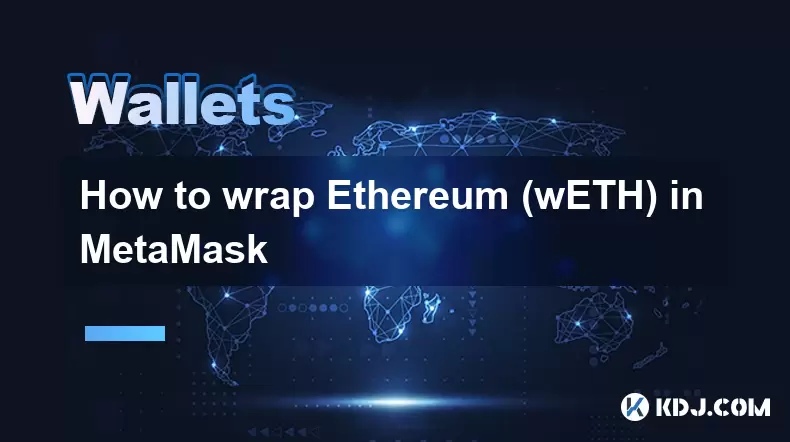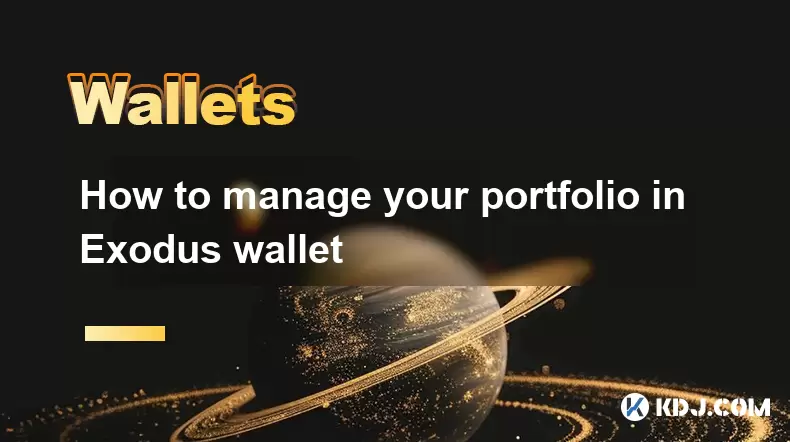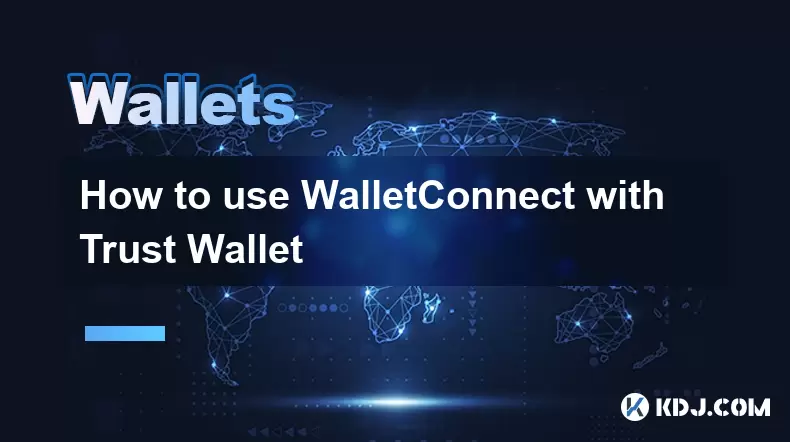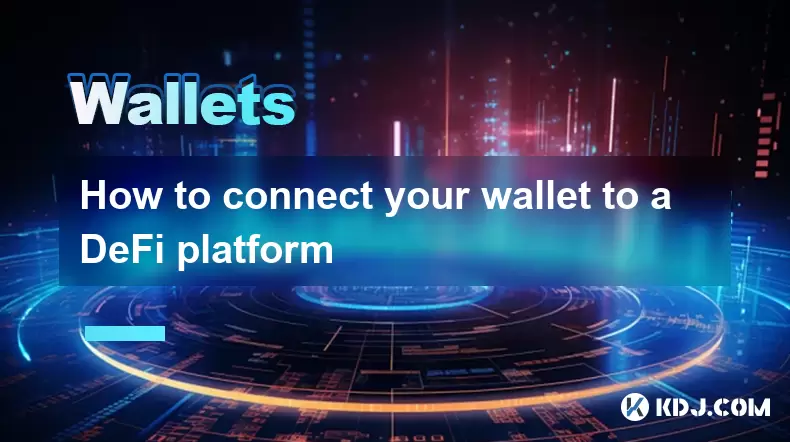-
 Bitcoin
Bitcoin $118300
0.52% -
 Ethereum
Ethereum $4541
1.94% -
 XRP
XRP $3.126
-0.88% -
 Tether USDt
Tether USDt $1.000
-0.04% -
 BNB
BNB $862.3
3.21% -
 Solana
Solana $192.7
2.37% -
 USDC
USDC $0.9999
0.00% -
 Dogecoin
Dogecoin $0.2337
-0.45% -
 Cardano
Cardano $0.9547
0.21% -
 TRON
TRON $0.3518
-0.76% -
 Chainlink
Chainlink $24.56
12.38% -
 Hyperliquid
Hyperliquid $47.56
0.55% -
 Stellar
Stellar $0.4311
-0.42% -
 Sui
Sui $3.816
1.91% -
 Bitcoin Cash
Bitcoin Cash $589.6
-0.53% -
 Ethena USDe
Ethena USDe $1.001
0.00% -
 Hedera
Hedera $0.2556
1.43% -
 Avalanche
Avalanche $24.75
3.13% -
 Litecoin
Litecoin $122.0
2.66% -
 Toncoin
Toncoin $3.488
-0.17% -
 UNUS SED LEO
UNUS SED LEO $9.454
-1.21% -
 Shiba Inu
Shiba Inu $0.00001317
0.95% -
 Uniswap
Uniswap $11.17
1.80% -
 Polkadot
Polkadot $4.053
2.26% -
 Dai
Dai $0.9999
-0.02% -
 Bitget Token
Bitget Token $4.698
1.81% -
 Cronos
Cronos $0.1530
1.57% -
 Monero
Monero $265.8
10.83% -
 Ethena
Ethena $0.7333
1.63% -
 Pepe
Pepe $0.00001122
2.74%
How to view the currently supported chain list in Binance Wallet?
Binance Wallet's supported blockchains aren't listed centrally; they appear contextually during transactions (sending/receiving) or adding custom tokens. The list is dynamic, so check the app for the most current information.
Mar 19, 2025 at 06:35 pm

Key Points:
- Binance Wallet supports a growing number of blockchains, but the exact list is dynamic.
- There's no single, static page displaying every supported chain.
- The supported chains are revealed contextually, depending on your action (sending, receiving, adding a token).
- Understanding the wallet's interface and functionality is key to finding this information.
How to View the Currently Supported Chain List in Binance Wallet?
Finding the complete list of currently supported blockchains in Binance Wallet isn't as straightforward as a single, dedicated page. The supported chains are revealed implicitly through the wallet's functionalities. Binance Wallet's design prioritizes a user-friendly experience by showcasing supported chains only when relevant to the user's current action. This means the full list isn't presented upfront.
Accessing Supported Chains When Sending or Receiving Crypto:
When you initiate a cryptocurrency transaction (sending or receiving), the wallet displays the available networks for the specific cryptocurrency you are using. For example, if you're sending Bitcoin (BTC), you'll see options like Bitcoin (BTC) on the Bitcoin network and potentially Lightning Network (LN) for faster transactions. This demonstrates the networks supported for that particular asset. This is a crucial way to identify supported chains on a per-cryptocurrency basis.
Adding Custom Tokens and Supported Chains:
Adding a custom token to your Binance Wallet is another method to discover supported networks. The process requires specifying the token's contract address and network (blockchain). The list of networks presented in the "Add Custom Token" section will directly reflect the blockchains the wallet supports for that token type. If a chain isn't listed here for a specific token, it's not currently supported for that token.
Exploring the Wallet's Interface for Clues:
The Binance Wallet app itself provides hints. While not a comprehensive list, navigating the various sections, such as the portfolio view, might reveal supported chains through the display of different cryptocurrencies. The presence of a particular cryptocurrency suggests the wallet supports its underlying blockchain. However, this is not an exhaustive method to determine every supported chain.
Understanding the Dynamic Nature of Supported Chains:
It's important to remember that the list of supported chains in Binance Wallet is not static. Binance frequently adds support for new blockchains and upgrades existing integrations. Therefore, any list you compile at a given moment may become outdated relatively quickly. Always check within the app for the most up-to-date information. This dynamic nature is a key aspect of understanding how to find this information.
Navigating the Wallet's Menu and Settings:
While there's no dedicated "Supported Chains" page, exploring the wallet's main menu and settings options might reveal indirect information. Though unlikely to show a comprehensive list, checking the "Help" or "About" sections might contain links to announcements or FAQs related to recent blockchain additions. This approach is less direct but might offer supplementary information.
Using the Binance Website for Supplementary Information:
Although the wallet itself doesn't have a consolidated list, you might find supplemental information on the main Binance website. Press releases, blog posts, and support articles often announce the addition of new blockchain support to their products, including the Binance Wallet. However, always refer to the wallet itself for the most definitive information.
Why isn't there a single, readily available list?
Binance likely opts for this contextual approach to avoid overwhelming users with a potentially extensive and rapidly changing list. Presenting the supported chains only when necessary provides a more focused and intuitive user experience. This design choice prioritizes usability over a comprehensive, always-up-to-date static list.
Frequently Asked Questions:
Q: Does Binance Wallet support all blockchains?
A: No, Binance Wallet supports a select number of major and popular blockchains, but not every blockchain in existence. The supported list is constantly evolving.
Q: How often does the list of supported chains update?
A: The update frequency isn't publicly disclosed, but Binance regularly adds support for new chains and updates existing ones. Check the wallet periodically for changes.
Q: What happens if I try to send a token on an unsupported chain?
A: The wallet will not allow you to proceed with the transaction if the selected chain isn't supported for that specific token. You'll receive an error message indicating the incompatibility.
Q: Can I request support for a specific blockchain?
A: Binance doesn't publicly provide a mechanism for users to directly request support for specific chains. However, you can express your interest through their customer support channels or community forums.
Q: Is the list of supported chains the same across all devices (iOS, Android)?
A: While the core functionality should be similar, minor differences in the user interface might exist across platforms. However, the fundamental principle of contextual chain display should remain consistent.
Q: What if I see a cryptocurrency in my portfolio, but I can't send it to a specific network?
A: This could indicate the network you selected isn't supported for that particular cryptocurrency. Check the available network options during the sending process.
Disclaimer:info@kdj.com
The information provided is not trading advice. kdj.com does not assume any responsibility for any investments made based on the information provided in this article. Cryptocurrencies are highly volatile and it is highly recommended that you invest with caution after thorough research!
If you believe that the content used on this website infringes your copyright, please contact us immediately (info@kdj.com) and we will delete it promptly.
- Kazakhstan's Crypto Leap: Bitcoin ETF and Central Asia's Digital Finance Future
- 2025-08-13 12:45:19
- BlockDAG Presale Blazes Past $371M: Fundraising Frenzy Fuels Crypto Sensation
- 2025-08-13 13:05:21
- Meme Coins: Chasing the 2025 Surge – Which Will Moonshot?
- 2025-08-13 10:25:23
- Bitcoin's Wild Ride: Rally, Pullback, and What's Next
- 2025-08-13 10:25:23
- Bitcoin, Bitmax, and Institutional Demand: A New Era of Crypto Investment
- 2025-08-13 10:45:12
- Solana, ROAM, and Airdrops: What's the Buzz in 2025?
- 2025-08-13 11:35:13
Related knowledge

How to wrap Ethereum (wETH) in MetaMask
Aug 13,2025 at 11:36am
Understanding Wrapped Ethereum (wETH)Wrapped Ethereum (wETH) is a tokenized version of native Ethereum (ETH) that conforms to the ERC-20 standard, ena...

How to manage your portfolio in Exodus wallet
Aug 08,2025 at 10:07pm
Understanding the Exodus Wallet InterfaceThe Exodus wallet is a non-custodial cryptocurrency wallet that supports a wide range of digital assets. When...

How to manage your portfolio in Exodus wallet
Aug 13,2025 at 11:35am
Understanding the Exodus Wallet InterfaceThe Exodus wallet is a non-custodial cryptocurrency wallet that supports a wide range of digital assets. Upon...

How to reset your MetaMask password
Aug 08,2025 at 01:28pm
Understanding the MetaMask Password Reset ProcessMany users confuse the MetaMask password with the seed phrase or private key, but they serve differen...

How to use WalletConnect with Trust Wallet
Aug 13,2025 at 01:07am
What Is WalletConnect and Why It Matters for Trust Wallet UsersWalletConnect is an open-source protocol that enables secure communication between dece...

How to connect your wallet to a DeFi platform
Aug 13,2025 at 11:36am
Understanding Wallet Compatibility with DeFi PlatformsBefore connecting your wallet to any DeFi platform, it's essential to ensure your wallet is comp...

How to wrap Ethereum (wETH) in MetaMask
Aug 13,2025 at 11:36am
Understanding Wrapped Ethereum (wETH)Wrapped Ethereum (wETH) is a tokenized version of native Ethereum (ETH) that conforms to the ERC-20 standard, ena...

How to manage your portfolio in Exodus wallet
Aug 08,2025 at 10:07pm
Understanding the Exodus Wallet InterfaceThe Exodus wallet is a non-custodial cryptocurrency wallet that supports a wide range of digital assets. When...

How to manage your portfolio in Exodus wallet
Aug 13,2025 at 11:35am
Understanding the Exodus Wallet InterfaceThe Exodus wallet is a non-custodial cryptocurrency wallet that supports a wide range of digital assets. Upon...

How to reset your MetaMask password
Aug 08,2025 at 01:28pm
Understanding the MetaMask Password Reset ProcessMany users confuse the MetaMask password with the seed phrase or private key, but they serve differen...

How to use WalletConnect with Trust Wallet
Aug 13,2025 at 01:07am
What Is WalletConnect and Why It Matters for Trust Wallet UsersWalletConnect is an open-source protocol that enables secure communication between dece...

How to connect your wallet to a DeFi platform
Aug 13,2025 at 11:36am
Understanding Wallet Compatibility with DeFi PlatformsBefore connecting your wallet to any DeFi platform, it's essential to ensure your wallet is comp...
See all articles

























































































